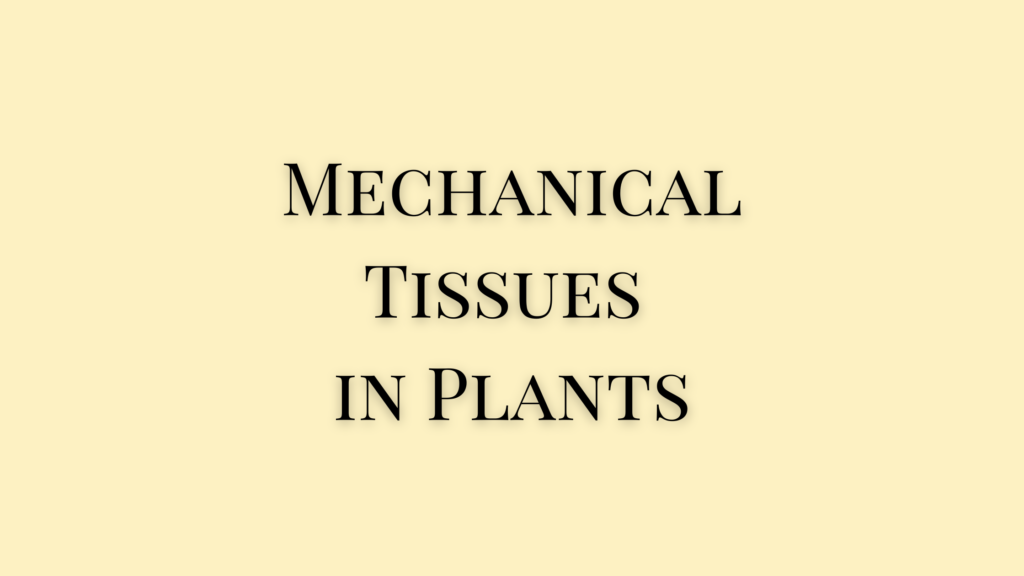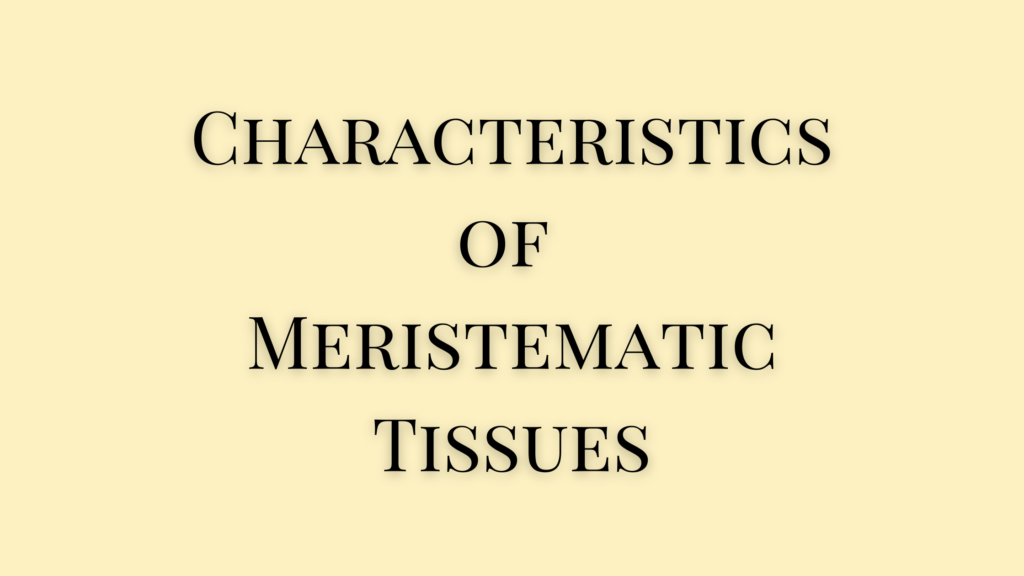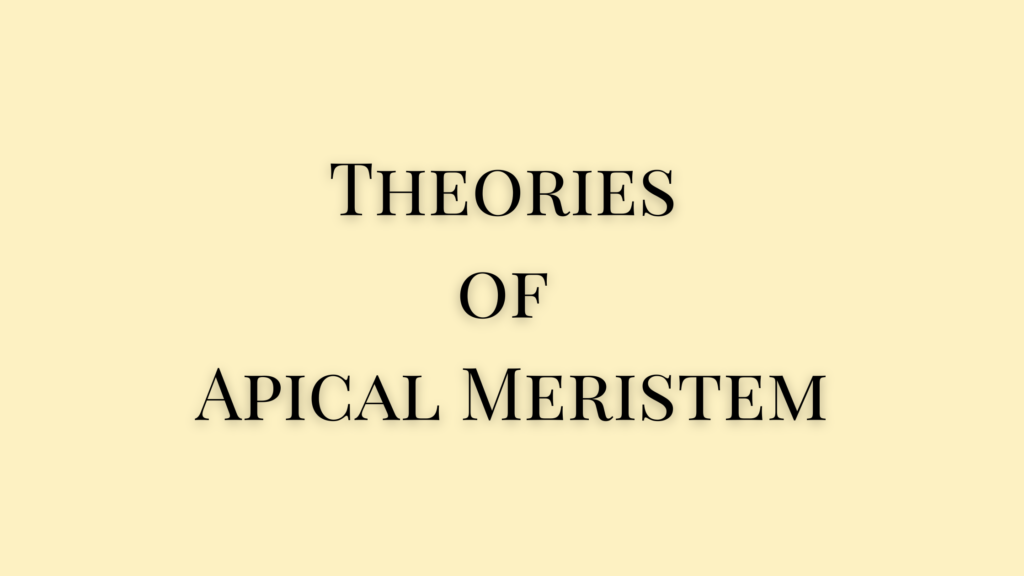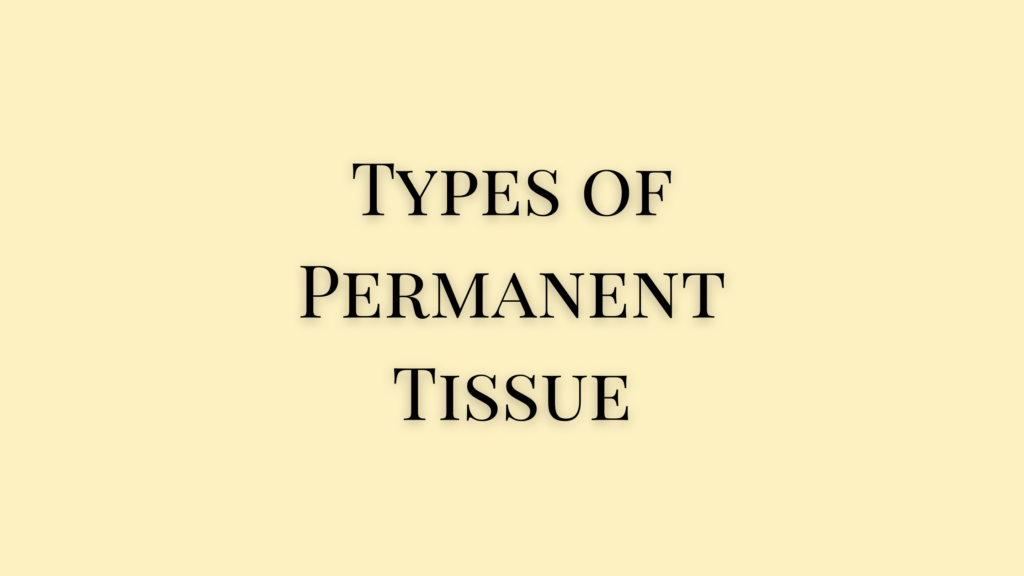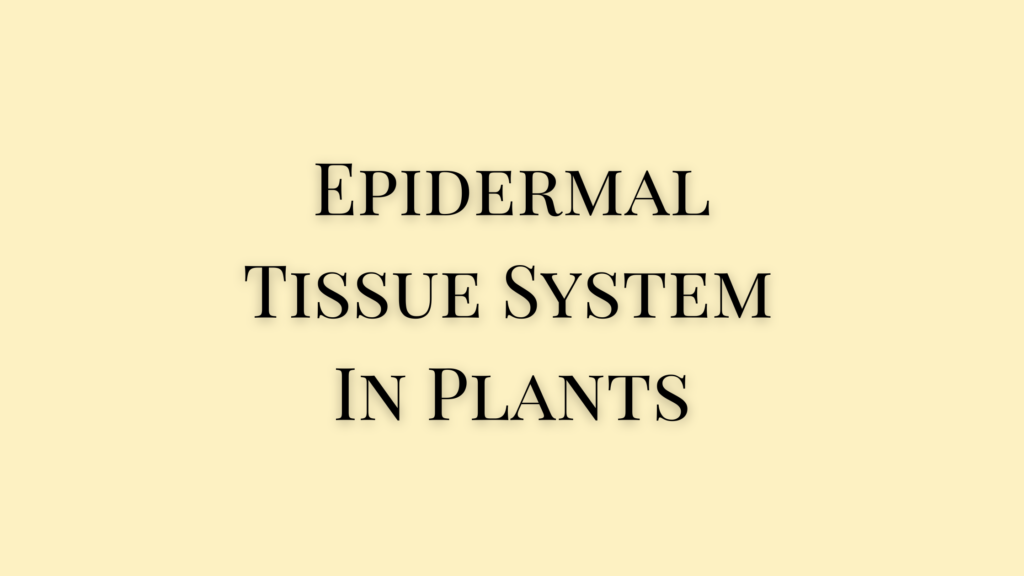Mechanical tissues in plants are specialized tissues that support various plant organs and prevent any kind of deformation. These tissues provide mechanical support for the plant against the plant’s stress and strains such as bearing large fruits, bending due to natural calamities, strong winds, heavy rainfall, snow, etc.
Types of Mechanical Tissues in Plants
Mechanical tissues are distributed in various parts of the plant but are more prominent in the stems. There are two types of mechanical tissue systems in plants- collenchyma and sclerenchyma.
Collenchyma Characteristics
- Collenchyma cells are living simple tissues with uneven thickening on their walls. Despite the cell wall thickening, the cells retain their protoplast and thus are living cells.
- They are mainly seen just below the epidermis and form the hypodermis. This hypodermis may be continuous or discontinuous.
- Collenchyma tissues are found in the sub-epidermal regions of ridges in the Leucas and Cucurbita stems.
- In leaves, collenchyma cells are found on both sides of the midrib.
- Collenchyma cells are absent in the roots.
- The chemical composition of collenchyma cell walls includes pectin and cellulose.
- They are uninucleated and have a vacuolated cytoplasm.
- In rare cases, they may have chloroplasts that help them perform photosynthesis.
Types of Collenchyma Cells
Based on the cell wall thickening, collenchyma cells are of three types.
- Angular collenchyma that has thickening only at the corners where the cell walls meet.
- Lamellar collenchyma cells have thickening only on their tangential walls.
- Lacular collenchyma cells have intercellular spaces and the thickening is on the walls that border these spaces.
Characteristics of Sclerenchyma
Sclerenchyma cells are non-living cells having uniform thickening on all sides of their walls. They were living cells that lost their protoplasmic contents. These tissues can be conducting and non-conducting. Based on their conductivity, sclerenchyma cells can be classified as sclerenchyma fibers and sclerotic cells.
Sclerenchyma Fibers
- Sclerenchyma fibers are elongated cells with pointed, blunt, or branched ends.
- They become multinucleated as they mature.
- They also lose their protoplasm as they near a permanent stage.
- Sclerenchyma fibers appear angular in cross-section and show cell wall thickenings of lignin and cellulose.
- They are commonly seen in the cortex, pericycle, xylem, and phloem.
- In some plants, sclerenchyma fibers are a major part of the pericyle.
- Moreover, they form a major part of the secondary xylem to form wood.
- The hypodermis of monocot leaves are made of sclerenchyma fibers.
- In plants such as Eupatorium, sclerenchyma is seen as semi-lunar caps of the vascular bundle to give them mechanical support.
- In monocot leaves, they are present on both sides of vascular bundles and appear in groups.
Types of Sclrenchyma Fibers
- Intraxylary fibers are seen in the xylem and have bordered pits. They can be fiber tracheids, reduced tracheids with bordered pits, libri that are similar to other xylem fibers, and septate fibers having partition walls.
- Extra calary fibers are sclerenchyma cells found in the pericycle, cortex, and phloem. They are thickened and spindle-shaped with pointed ends. Such cells formed from the disintegration of protoplasm are thickened by cellulose. Other cells with lignin as the thickening agent are formed from vascular cambium.
Sclerotic Cells or Stone Cells
- Sclereids are highly lignified sclerenchymatous cells found in irregular, isodiametric, or elongated in shapes.
- They are dead cells but in rare cases, they may retain their protoplast.
- Such cells will have strong secondary walls with distinct pits that block the central cavity.
- Sclereids may appear stratified with simple or branched pits that give a canal-like appearance to the cavities.
Types of Sclereids
Depending on their nature, size, and shape, sclereids can be different.
- Brachysclereids are isodiametric shaped, seen in soft plant parts, and give them texture.
- Macrosclereids are elongated, similar to palisade cells, and are seen in seed coats of pulses.
- Osteosclereids are bone-like and columnar with dilated ends. They are seen in dicot leaves.
- Astero sclereids are star-like cells found in dicot leaves.
- Idioblastic sclereids are branched cells projecting into intercellular spaces of aquatic plants. They are also called trichoblasts that form tricho-sclereids.
Principles of Distribution of Mechanical Tissues in Plants
The main principle of the distribution of mechanical tissues of plants is comparable to the engineering technique that provides maximum strength using minimum tools. From an architectural point of view, the mechanical tissues are arranged like stronger girders.
The principles of distribution of mechanical tissues are based on four factors.
- Inflexibility: To avoid lateral bending due to external factors
- Inextensibility: To resist stretching
- Incompressibility: Safeguards tissues from getting compressed
- Shearing stress: Provides resistance to shearing of leaves due to wind and other forces
Distribution of Mechanical Tissues in Stem
Stems face stress and strain of bending due to wind or rain. When the stem bends, one side becomes concave and the other becomes convex-shaped. The tissues on the concave side compress while those on the convex side are stretched.
This stretching happens only on the convex side so that the impact is only on the peripheral side while the middle part is protected. The result of strain depends on the direction of the force.
Thus in stems, mechanical tissues are distributed in the center. COllenchyma is seen at the four corners below the epidermis. Two such groups form the flanges and the other two form the intervening tissues.
In the vascular bundle, two opposite sclerenchyma form the flanges. In the woody stem, the cylindrical wood forms the supporting material.
Distribution of Mechanical Tissues in Roots
Roots suffer compression due to the weight of the shoot system, pulling force, and the lateral pressure of the soil that surrounds the plant. In silt, roots suffer bending stress caused by wind as well. The placement of mechanical tissues in the periphery and center ensures strength and reduces stress and damage.
Distribution of Mechanical Tissues in Leaves
The longitudinal girders placed at right angles on the upper surface of leaves avoid the downward bending of leaves. Collenchyma tissues on both sides of leaves form the flanges while the soft tissues in between them are similar to the webbing.
References
- Mechanical Tissue System in Plants
- Sukumaran O R. Pre-Degree Botany. Murali Publications.
- Abraham P C. Anatomy, Embryology & Microtechnique. 1999. St. Mary’s Books & Publications.
Additional Reading
- Characteristics of Meristematic Tissues
- Theories of Apical Meristem
- Types of Permanent Tissue: Simple and Complex
